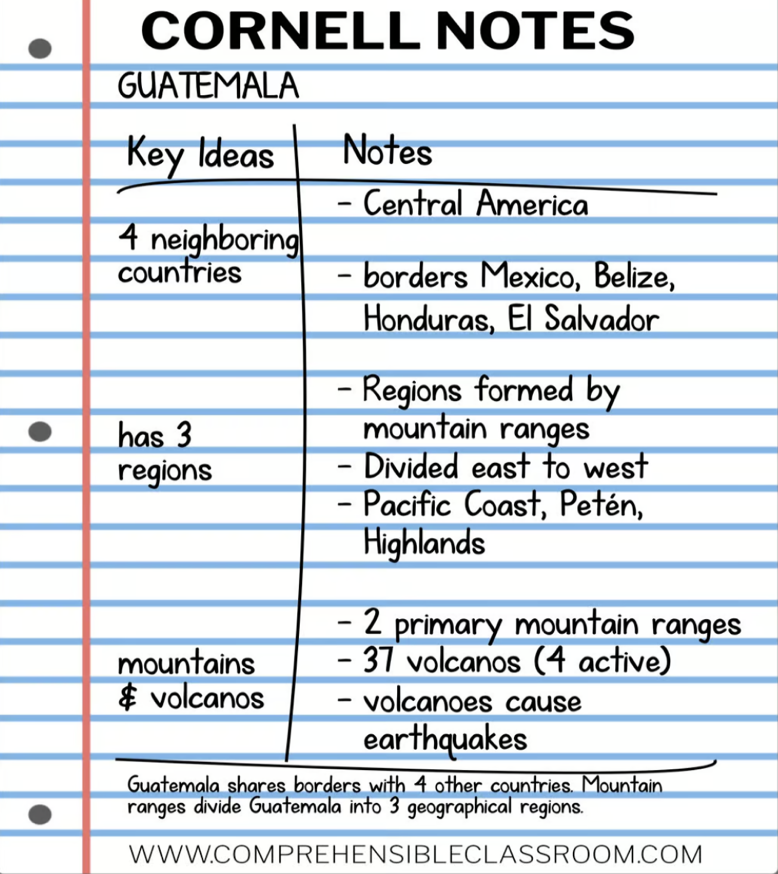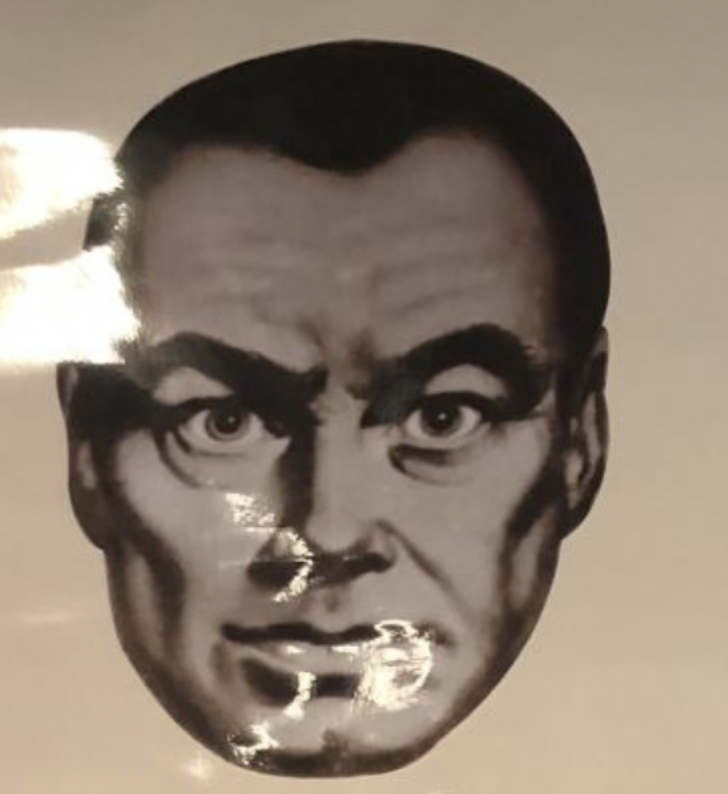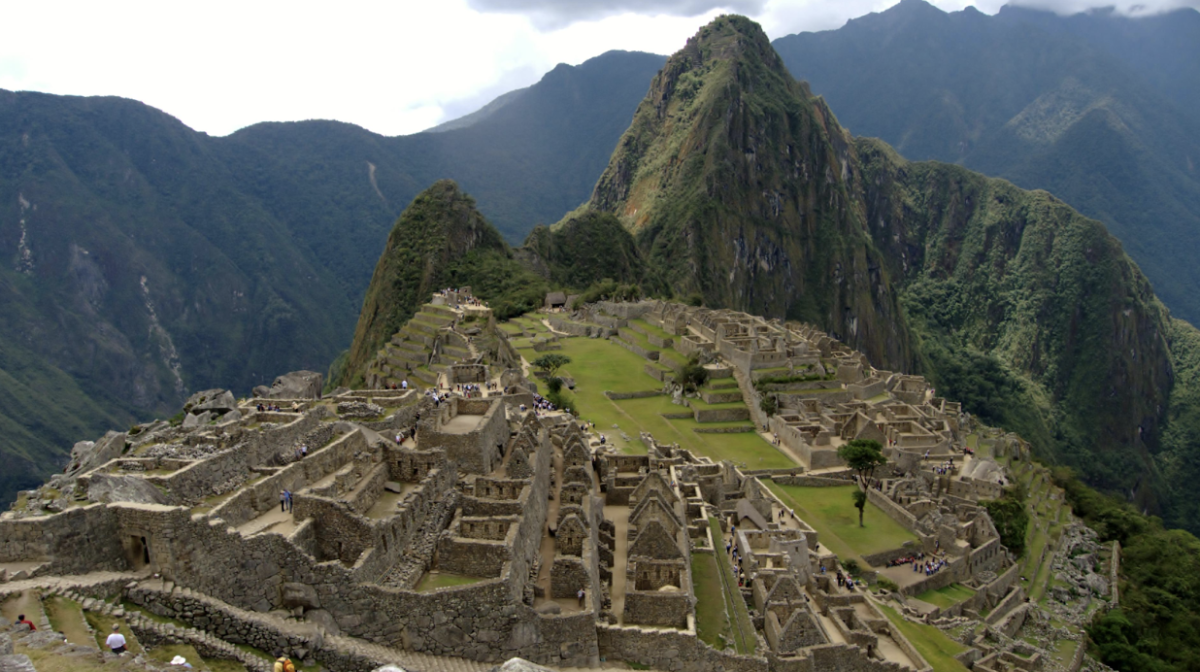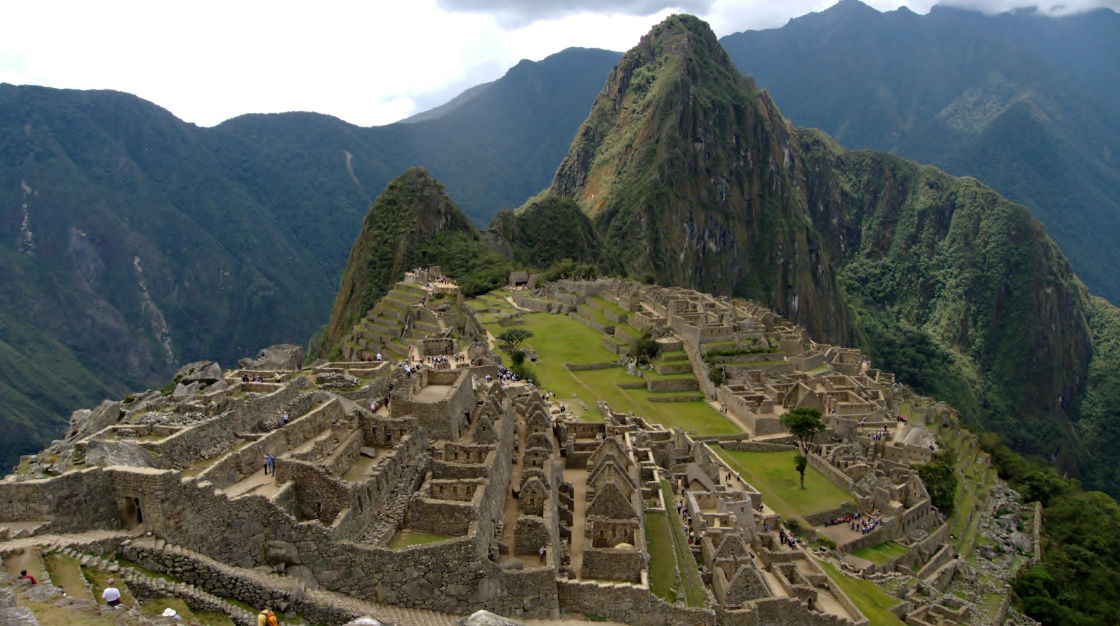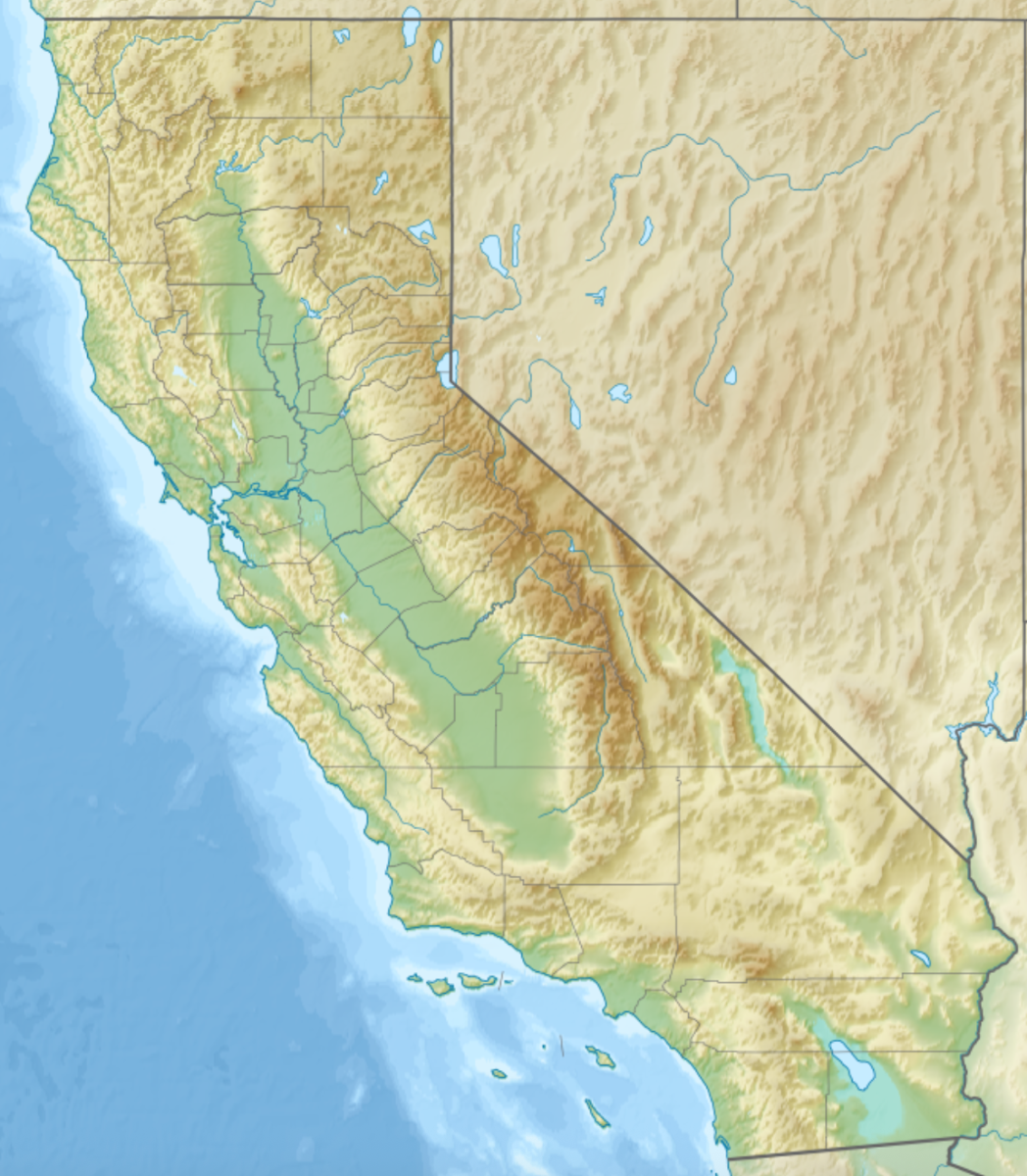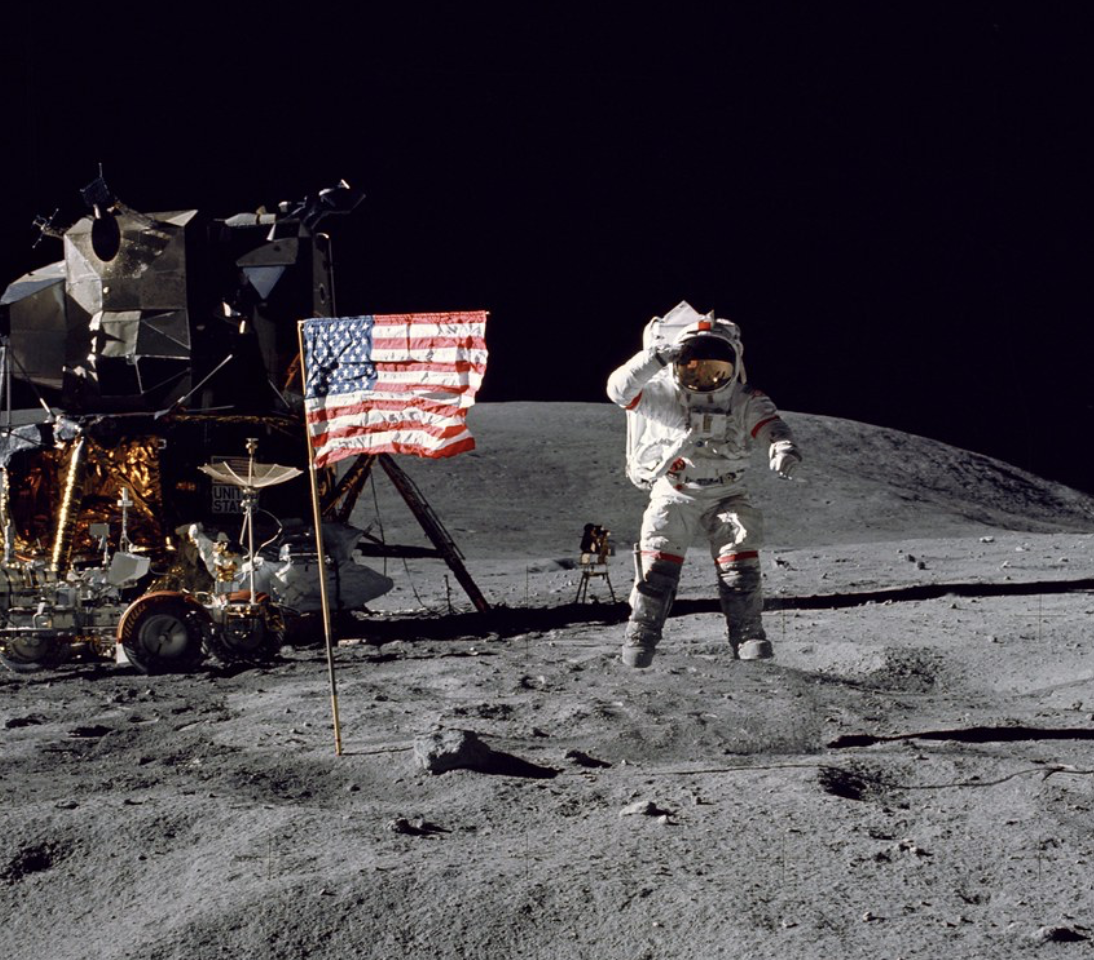Two scores and five years ago, Americans set foot on the moon. People crowded around televisions across the country to hear Neil Armstrong, the first person in history to walk on the moon, say the famous line: “That’s one small step for man, one giant leap for mankind.” But what if he never really took that step? Even today, more people than you would think don’t believe the Apollo 11 moon landing was real.
Bill Kasing was the force behind this. He worked at Rocketdyne, a rocket manufacturer for the Apollo 11. In 1976, he published a book called We Never Went to the Moon: America’s Thirty Billion Dollar Swindle, claiming that the astronauts never actually made it to the moon. Instead, they were only in orbit, and the broadcast was faked by NASA, the U.S. federal agency for space exploration, in a film studio. A reason this conspiracy theory may have taken off was the nation’s distrust in government during the 1970s with the leaks of the Pentagon papers regarding intensifying U.S. involvement in the Vietnam War and the Watergate Scandal.
John Stuart Mill once said, “He who knows only his own side of the case knows little of that.” No matter how absurd you may find this accusation that the moon landing was fake, there is no reason not to understand the other side. Thus, I will be continuing this article as an avid supporter of the idea that the moon landing was a hoax.
The space program was brought into focus in 1962 when President Kennedy gave a famous speech at Rice University regarding the country’s plan to send a man onto the moon. He promised to complete this by the end of the decade, 1970. Guess when the moon landing was? 1969, half a year before the promised date. Like a cop trying to meet their monthly ticket quota, America was desperate and resorting to false claims to save itself. Kennedy was also assassinated in 1963, thus the success of the program was essential to preserving his legacy.
The Space Race was the fuel behind Kennedy’s desire for a space program. At the time, the Cold War between the Soviets and the United States was at its peak, with the two nations engaging in hostile competition. Kennedy wanted to rekindle American patriotism by beating the Soviets in exploring the new frontier of space. However, the US was late to the game. In 1957, the Soviets launched Sputnik, the world’s first artificial satellite and the first man-made object to be placed into the Earth’s orbit. NASA was not even created until a year later. Again in 1961, the Soviets beat the United States by becoming the first to send a person into orbit around Earth.
This created doubt regarding the United States’ technological abilities and whether it was even possible for the nation to beat the Soviets, let alone meet the tight deadline set by Kennedy. The morale behind the Apollo program sunk to a new low in 1967 when Apollo 1 suffered from a flash fire, killing the 3 astronauts onboard. There was much to gain from a successful mission and much to lose from a failed one, presenting motivation for the U.S. government to lie to the nation.
In more technical aspects, Kasing reported in his book several details of the filmed moon landing that don’t align with the laws of science. Below, I have listed the most notable ones:
- The stars are not visible in the lunar surface pictures of the Apollo 11 landing.
- There were no blast craters under the landing modules.
- The engines of the landing modules should have generated large dust clouds at the landing site which were not documented.
In addition, he was familiar with several rocket engine tests due to his job, and thus he witnessed the numerous failures and disasters engineers had to grapple with. He simply did not believe America had the capability to send people to the moon.
While some may argue that keeping this entire fake operation a secret from NASA employees would be impossible, it has been done. In the Manhattan Project dedicated to building the atomic bomb, only a select group of individuals knew the project’s true purpose despite more than 500,000 people contributing to it. A truly unbelievable fact is that the United States is the only country to have landed humans on the moon. No other nation has completed this task, and not for lack of trying. The Soviets secretly worked on manned lunar landing programs during the 1970s but were ultimately unsuccessful. If the Soviets were able to beat the U.S. in just about everything space-related, how was the U.S. able to accomplish a feat that the Soviets could not?
There will always be two sides to an argument. The Apollo 11 mission could either be an example of raw human genius and unparalleled triumph, or an elaborate deception. In the end, the decision to believe or not to believe is in your hands.
Sources
Godwin, Richard. “One Giant … Lie? Why So Many People Still Think the Moon Landings Were Faked.” The Guardian, Guardian News and Media, 10 July 2019, www.theguardian.com/science/2019/jul/10/one-giant-lie-why-so-many-people-still-think-the-moon-landings-were-faked.
Kennedy, John F. “John F. Kennedy Speech.” Rice University, 12 Sept. 1962, www.rice.edu/jfk-speech.
History.com editors. “The Space Race: Timeline, Cold War & Facts.” History.Com, A&E Television Networks, 22 Feb. 2010, www.history.com/topics/cold-war/space-race#causes-of-the-space-race.
Stafford, Joe. How Moon Landing Conspiracy Theories Began and Why They Persist Today, University of Manchester, 12 July 2019, www.manchester.ac.uk/about/news/moon-landing-conspiracy-theories/.
Little, Becky. “The Soviet Response to the Moon Landing? Denial There Was a Moon Race at All.” History.Com, A&E Television Networks, 11 July 2019, www.history.com/news/space-race-soviet-union-moon-landing-denial.

















![Teacher [Milk] Tea: Part 2](https://bisvquill.com/wp-content/uploads/2024/03/Screen-Shot-2024-03-19-at-9.28.48-PM.png)
